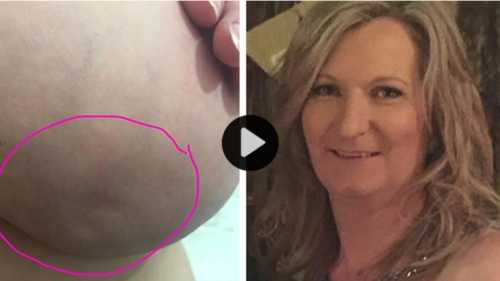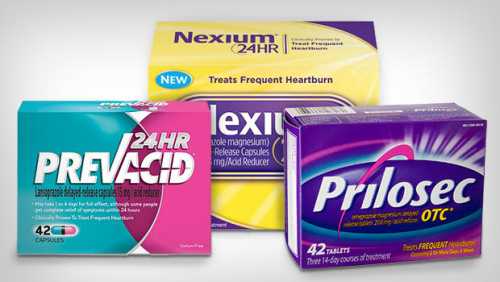She thought it was just a 24-hour bug, husband thought it could be a heart attack.
And her husband was right. Pushing her to go to the ER that night saved her life with the fast help of the doctors and nurses there who took them seriously. Sue Palmer's story:
On Tuesday, Jan. 13, 2015, I suddenly became wide awake at 5 a.m. I lay in bed with my eyes open for maybe a minute, thinking, “Hmm, this is weird,” and then, “I feel kind of funny.” Within about 30 seconds I rushed to the bathroom and threw up. I felt very cold and climbed back into bed with my husband and snuggled back under the covers. A minute later, though, I knew I was going to be sick again. I figured I was coming down with a virus, but it was strange how suddenly it had come on.
My husband, Tim, was concerned. He sat beside me, felt my cold, clammy forehead and said I just looked so pale. Then he whispered, “Let’s go to the emergency room.” I laughed. “Why?” I asked. He replied, “You could be having a heart attack.”
Tim’s father had died of a heart attack at age 64 after feeling the classic stabbing chest pain and heaviness in the chest that you always associate with a heart attack. But that wasn’t me. I was 46, I just had a bit of a bug, probably a 24-hour thing. I just needed a little rest. Tim wouldn’t have it, though.
And so 30 minutes later we walked into the emergency room at the Vanderbilt University Medical Center, where half-jokingly I said, “My husband thinks I may be having a heart attack.”
Fast track at the ERIf you want to get past the first stage at the ER quickly, that is the way to do it. They walked me directly to the back and told me to have a seat. They brought over a portable EKG machine and hooked me up. When the results came back a few minutes later, the ER doctor said, “Hmm. Well, it appears to be a little abnormal, but it’s hard to believe you’re having a heart attack.”
...Read more at "She thought it was only a 24-hour bug. What she really had almost killed her." - The Washington Post
The conclusion:
Stopping it in its tracksWhen I awoke, I was in a different bed in a different room. Tim was there. He told me that I had had a major heart attack, that I was in the process of having it when we went to the hospital, and that Joseph Fredi, an interventional cardiologist, had been able to stop it in its tracks. He literally stopped the heart attack while it was happening by suctioning out a blood clot and putting two stents into my right coronary artery through a tiny hole he pierced in my right wrist.
...
Plaque had ruptured in the wall of my right coronary artery, which caused the clot to form and can produce the sort of nausea that made me throw up. That was my only warning sign.
Most women do not feel the widely known typical chest pain that men do when having a heart attack:
"Women will describe a discomfort, or they will have pain in their jaws or necks,” said Annabelle Santos Volgman, a professor of medicine at Chicago’s Rush College of Medicine and medical director of the Rush Heart Center for Women. “They’ll have nausea or just not feel well. They have more vague symptoms than men.”
...
So many women are unaware heart disease is the number-one killer. They worry about breast cancer because they hear a lot about that. That’s why we want to put it out there that heart disease is their number-one threat.
If you are worried or have any symptoms in your chest, shortness of breath, pressure in chest, nausea, unexplained fatigue, go to your doctor and get tested for heart disease.
We have a simple blood test now that is sex-specific that is really helpful for women. It’s called the Corus CAD test and incorporates age, sex and gene-expression measurements into a single score that indicates any likelihood of obstructive coronary artery disease.
(via "Heart facts that every woman needs to know" - The Washington Post



 Report a concern
Report a concern

 Add Comment
Add Comment



